Not that long ago, virtual desktops were considered a niche solution—reserved for tightly controlled IT infrastructure or highly regulated industries. Now they’re central to how people work. When remote access became non-negotiable, desktop virtualization had to catch up. Fast.
And while VMware Horizon, now Omnissa, has been around for years, it’s starting to feel like a tool built for a different era.
You’re not alone if you’re looking for something simpler. Something with fewer moving parts. Something that doesn’t make your IT team sweat every time an update rolls out.
This post unpacks the shift away from legacy platforms, explores why so many are actively searching for a VMware Horizon alternative, and lays out which options are rising to the top—and why one in particular is changing the game.
What Is VMware Horizon and Why Are Users Looking Elsewhere?

VMware Horizon was designed to help organizations manage virtual desktop infrastructure (VDI) from a central place. In concept, it makes sense: keep your data secure, keep your desktops standardized, and let users access what they need from wherever they are.
But in practice? It’s heavy. You need multiple layers—vSphere, Unified Access Gateway, Windows Server configurations, and then the desktops themselves. That’s a lot of components and technology to manage just to deliver apps and desktops.
It’s not that VMware Horizon doesn’t work. It does. It just demands a lot in return—specialized skills, dedicated resources, and a tolerance for complexity. For teams already stretched thin, that can turn into an administrative burden fast.
Here’s what people run into most:
- It’s expensive to run, even before adding support service costs
- Updates and maintenance aren’t quick wins—they’re full-time jobs
- It can be rigid in on-premises deployments or with mixed device fleets
- Security policies, while robust, often come with added overhead
When the job is to support flexible, secure remote access at scale, it’s fair to ask whether a more modern, cloud-based alternative could do the same job—just without all the scaffolding.
The Top VMware Horizon Alternatives Compared
1. Apporto – The Lightweight, Browser-Native Alternative
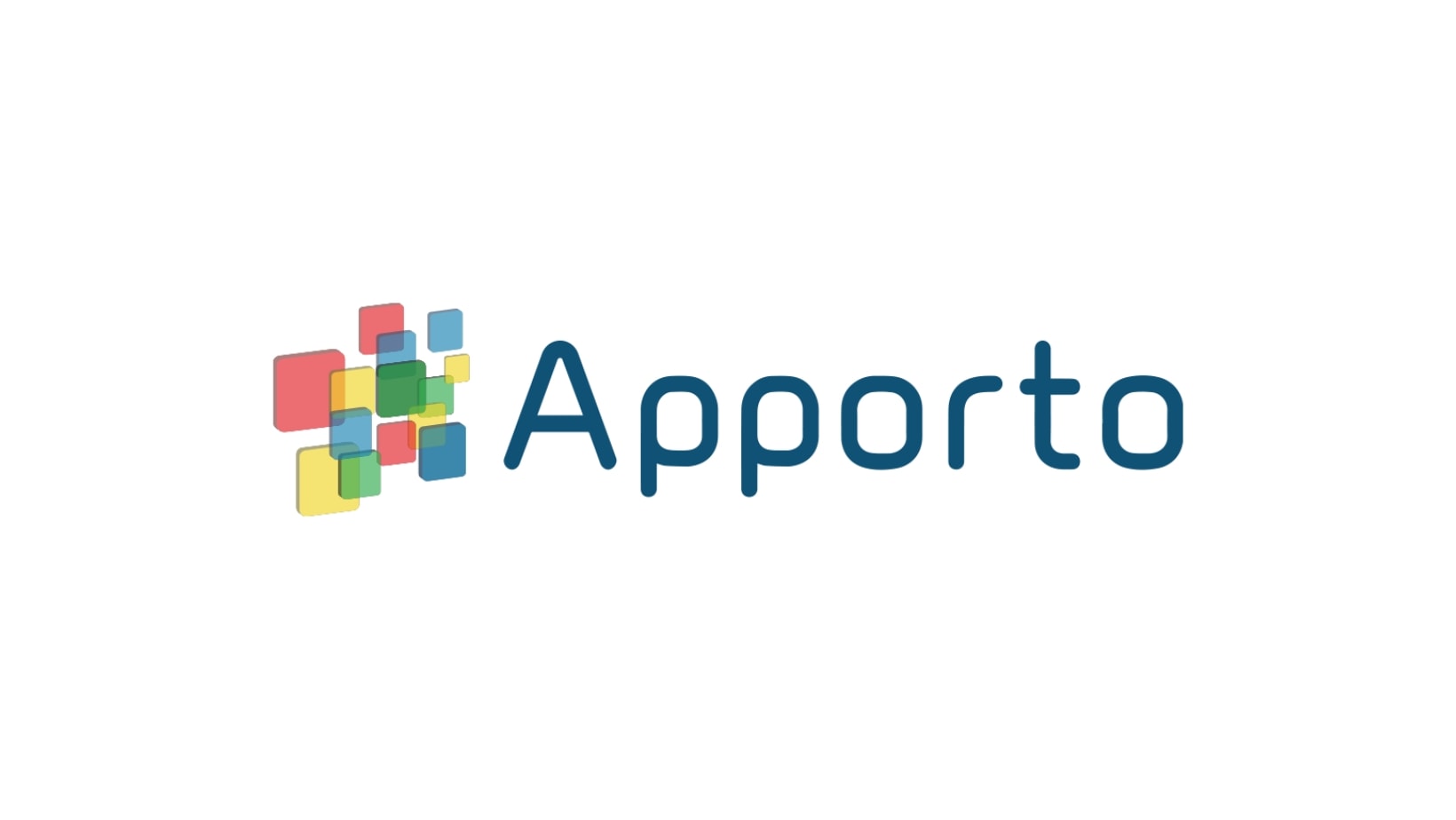
If you’re looking for a VMware Horizon alternative that actually simplifies your setup, Apporto is probably the most direct answer.
You don’t need to install anything. Desktops and apps run entirely in the browser, giving your users instant access—whether they’re working from a Chromebook, a Mac, or a dusty old Windows laptop.
What makes Apporto stand out is its flexibility. You can run it fully in the cloud, deploy it on premises, or mix both with a hybrid model. It’s built with zero trust security, multi-factor authentication, and centralized IT management baked in.
Originally designed for education, it now powers desktop virtualization for all kinds of organizations. The pricing is predictable, setup is fast, and the experience feels modern from the start. If you’re tired of managing components just to deliver a desktop, this is the streamlined alternative you’ve been looking for.
2. Microsoft Azure Virtual Desktop
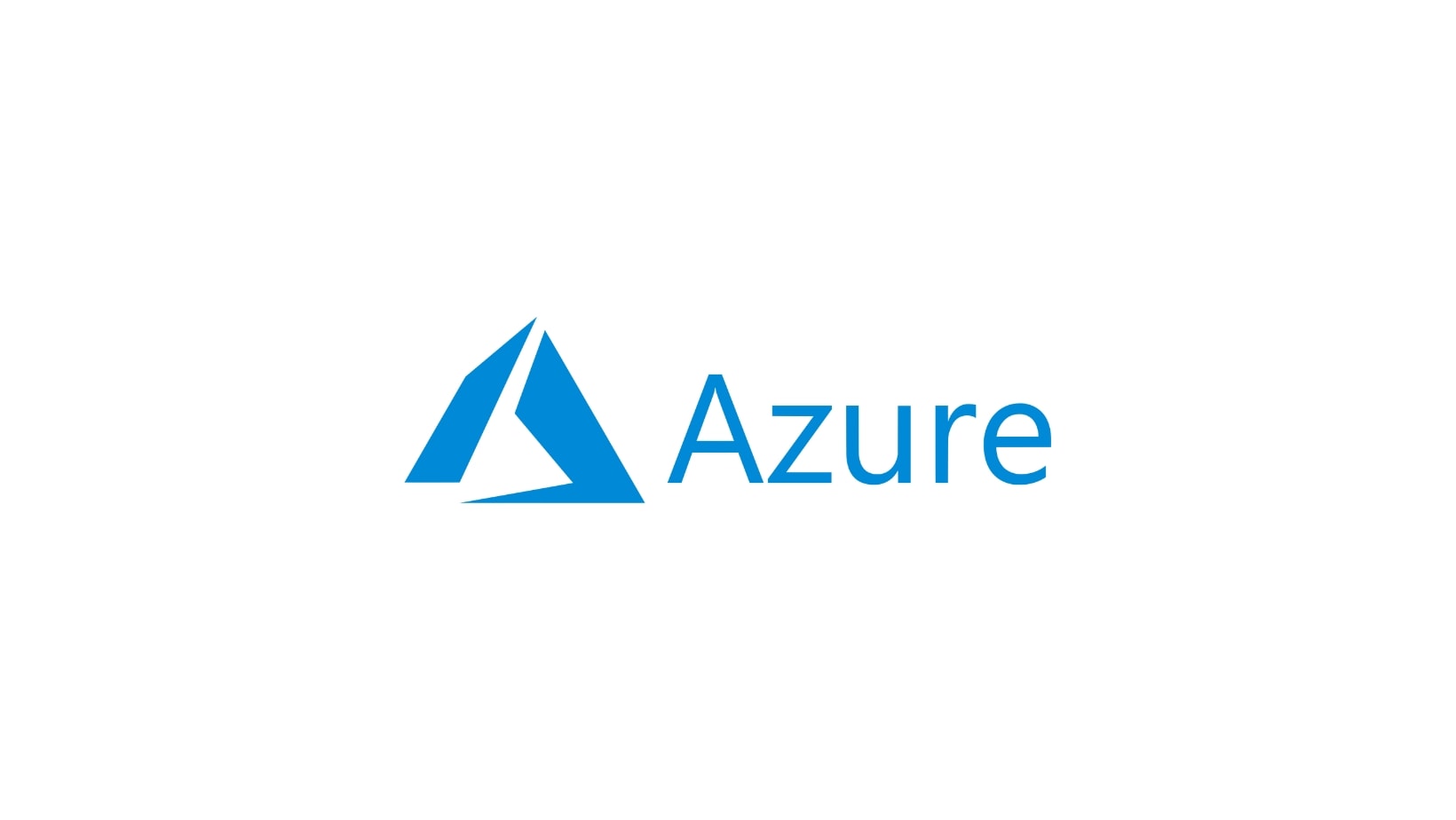
Microsoft’s Azure Virtual Desktop is a natural choice if your organization is already invested in the Microsoft ecosystem. It’s tightly integrated with Windows applications and Microsoft 365, making it a smooth fit for certain workflows.
That said, the learning curve is steep. You’ll need solid Azure expertise to configure and maintain it properly, and cloud costs can spike if usage isn’t carefully managed.
It’s a powerful platform—but it’s not always predictable. For IT teams used to more structured pricing and hands-off management, it might feel like trading one kind of complexity for another.
3. Amazon WorkSpaces

Amazon WorkSpaces is AWS’s take on virtual desktop delivery—and it’s all about elasticity. You can scale up or down as needed, and the service integrates well if your infrastructure already lives in the AWS ecosystem.
For users, it’s flexible. For finance teams? It can be tricky. The pay-per-use billing model often looks appealing on paper, but if you’re not closely monitoring usage, the monthly total can catch you off guard.
It’s a solid choice if you’re deep into AWS. But for those outside that world, it may add more overhead than it saves.
4. Parallels Remote Application Server
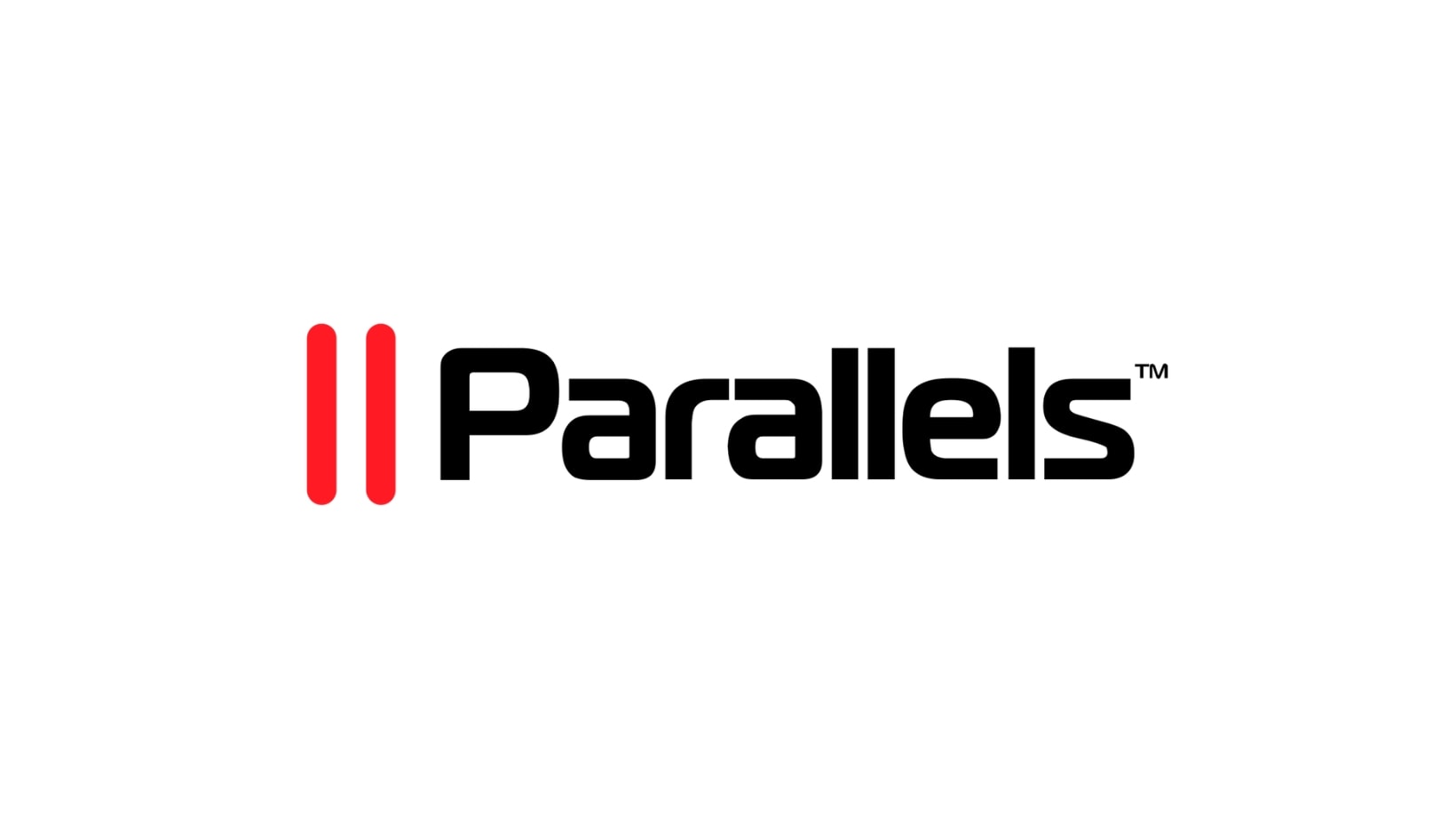
Parallels RAS is best known for delivering Windows applications to devices that wouldn’t normally run them—like Macs or Chromebooks. For smaller businesses with straightforward needs, it can be a reliable and cost-effective remote application server.
However, it doesn’t scale as comfortably into larger, more complex environments. You’ll find fewer enterprise-level controls and limited support for broad hybrid or cloud-native deployments.
It’s a good fit for companies that primarily want to deliver apps—not full desktops—and who don’t require deep platform customization.
5. Citrix
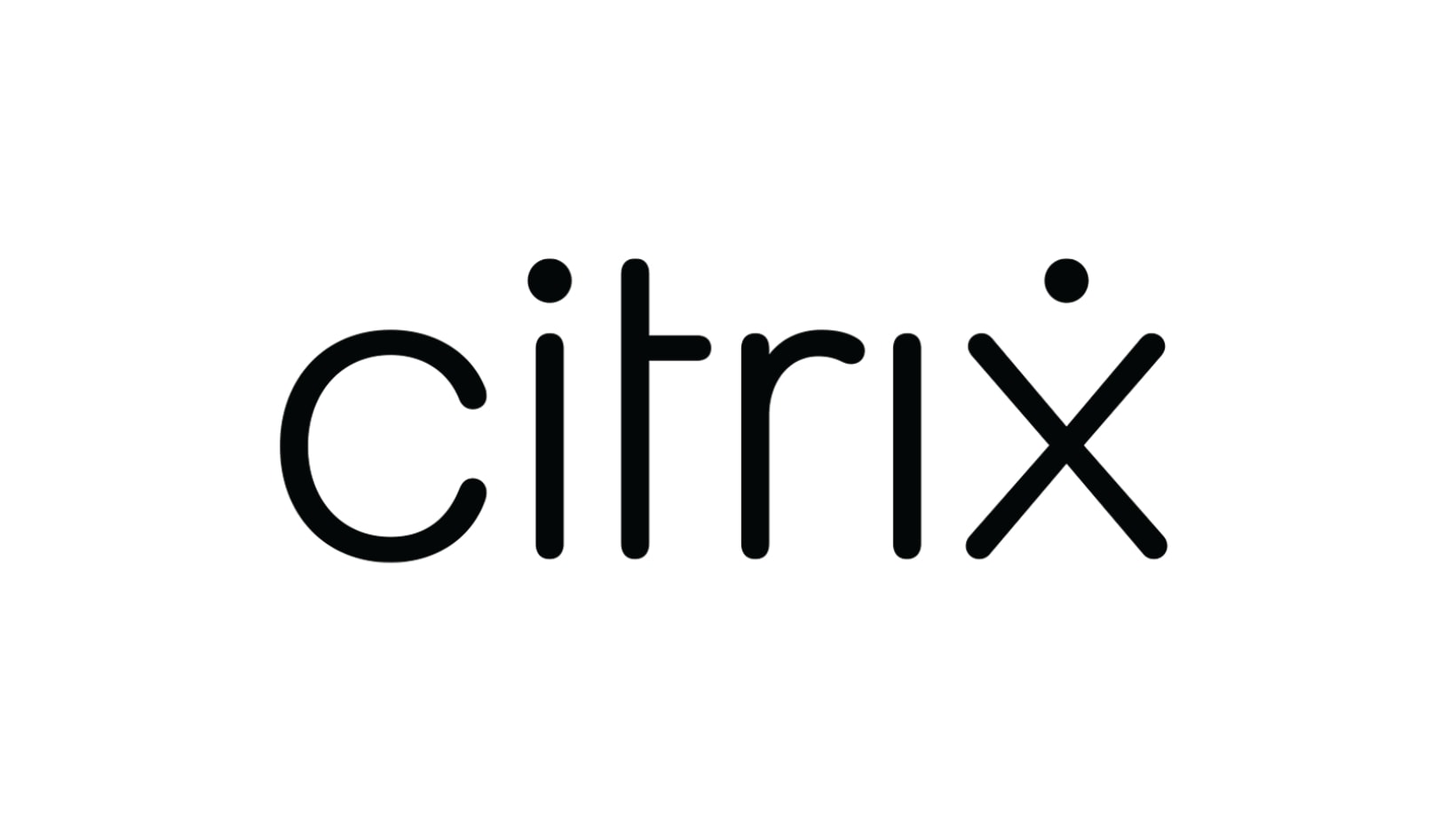
Citrix has been a major player in the desktop virtualization space for decades. It’s packed with features and offers a high level of flexibility, especially for organizations with complex infrastructure.
But there’s a catch—it’s notoriously difficult to manage. Citrix often comes with hidden fees, layered licensing, and a steep learning curve that puts strain on smaller IT teams.
Support can feel hit-or-miss, and maintaining it long-term requires either in-house expertise or costly service partners. If you’re already running Citrix and have the resources to keep it humming, fine. Otherwise, it can quickly become more of a burden than a benefit.
6. Nutanix AHV
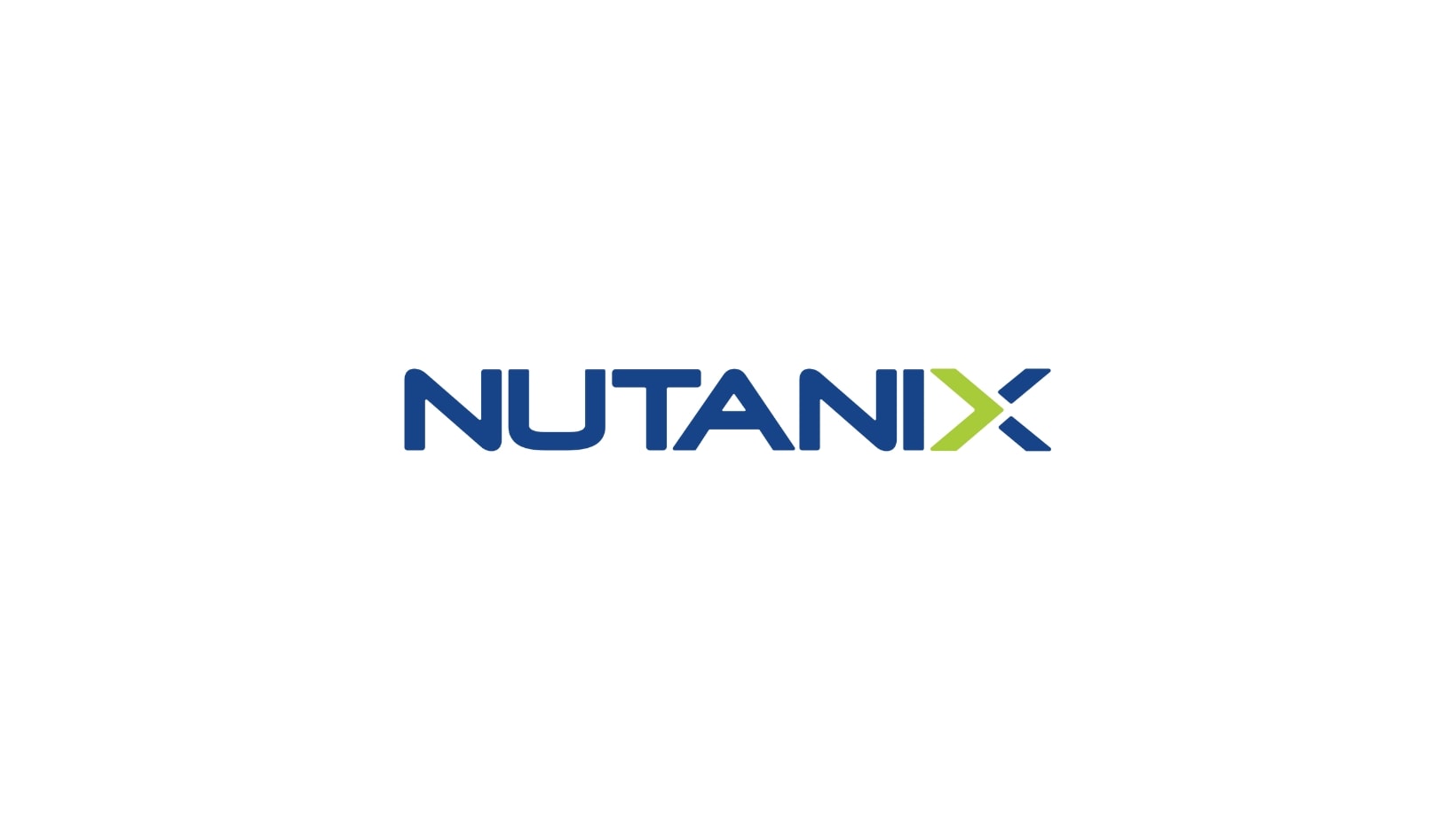
Nutanix AHV is a strong choice if you’re building or modernizing your own private on-premises cloud. It’s a hyperconverged infrastructure that gives you a great deal of control over your virtualization stack.
But that control comes with a price: you’re also responsible for maintaining everything—from the hypervisor to the storage, network, and compute.
It’s a solid solution for organizations that already have in-house IT talent and want to own their environment end-to-end. For everyone else, especially those looking for agility and fast setup, it may feel too heavy.
7. Omnissa Horizon (Formerly VMware Horizon)

Yes, VMware Horizon has been rebranded as Omnissa Horizon. But a new name doesn’t fix the old problems.
It still involves complex infrastructure, high licensing fees, and a stack of dependencies that make it hard to adapt quickly. Performance gaps and long-term maintenance overhead haven’t gone away. And despite improvements, the core experience still feels tied to yesterday’s IT models.
It’s not that Omnissa can’t deliver—it can. But for many organizations, especially those seeking lighter operations and faster deployments, the move toward leaner alternatives isn’t just practical. It’s inevitable.
What Makes Apporto a True Horizon Alternative?
If you’re looking for a VMware Horizon alternative, it’s not enough to just replace one complex system with another. You need something that actually simplifies your life—without compromising on performance, security, or control.
This is where Apporto really stands out.
Unlike legacy VDI platforms, Apporto doesn’t rely on installed clients or heavyweight configurations. Everything runs in a browser—any modern browser, on nearly any device. Whether you’re using Windows, Linux, macOS, ChromeOS, or a tablet, Apporto delivers a consistent, high-quality experience that feels native.
You don’t need to choose between cloud and on-premises either. Apporto supports both, and even hybrid models. That means you can deploy where it makes the most sense for your organization—without locking yourself into a rigid structure.
Security isn’t an afterthought, either. Apporto includes built-in multi-factor authentication, zero trust architecture, and full compliance features that align with education, healthcare, and regulated industries. You get secure remote access out of the box—no extra add-ons or manual configuration needed.
For IT teams, the admin console is intuitive. For users, it just works. That’s not something you can always say about traditional desktop virtualization platforms.
And then there’s cost. Apporto typically delivers a 50–70% lower total cost of ownership compared to traditional solutions like Horizon or Citrix. No hidden fees, no complex licensing bundles—just one predictable price that makes long-term budgeting easier. This is especially beneficial for those considering Digital Workspaces, as these virtual desktops offer access to updated technology without additional costs.
In short, Apporto gives you:
- Full desktop and app delivery in the browser
- Broad device compatibility and platform flexibility
- Enterprise-grade security and modern user experience
- Simple management with strong support
- A price point that finally makes sense
If Horizon feels like it was built for yesterday’s world, Apporto feels like the right answer for the way you work today.
Conclusion: Choose a Solution That Works for the Way You Work
Sticking with VMware Horizon might feel safe. But today, safety often comes with higher costs, lost agility, and declining performance.
Apporto flips that script.
It delivers what modern VDI should: speed, simplicity, secure access, and a platform that adapts as fast as your users do. Whether you’re managing desktops for remote students, hybrid teams, or specialized departments, Apporto gets the job done—without getting in the way.
If you’re serious about finding a Horizon alternative, this isn’t just about switching tools. It’s about moving forward with technology that reflects how people actually work now.
Ready to Try a Simpler, Smarter VDI Platform?
If Apporto sounds like what you’ve been hoping VMware Horizon might one day become—don’t wait.
Explore the platform, read the docs, or schedule a walkthrough. We’ll show you how it fits into your setup—whether that’s cloud, on-prem, or hybrid.
Less overhead. Better support. Real access without the extra weight.
Apporto isn’t just another tool. It’s the kind of virtual desktop solution you don’t have to explain twice.


